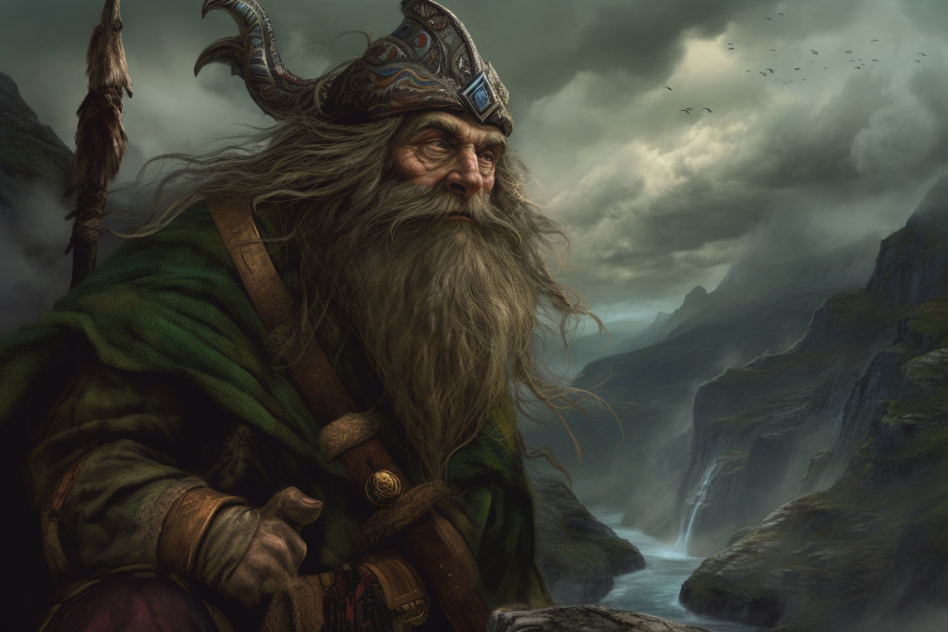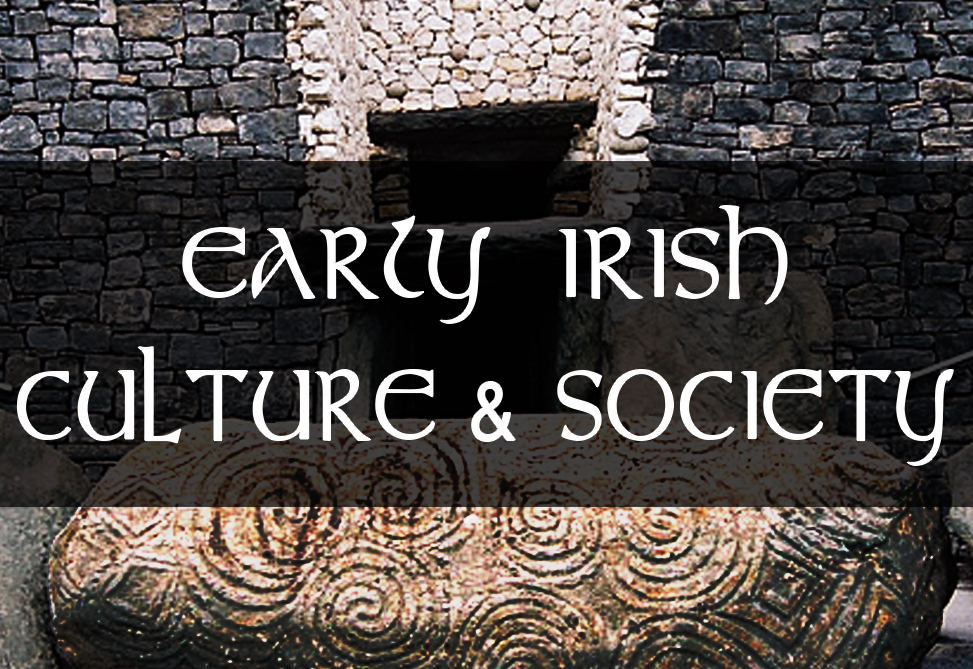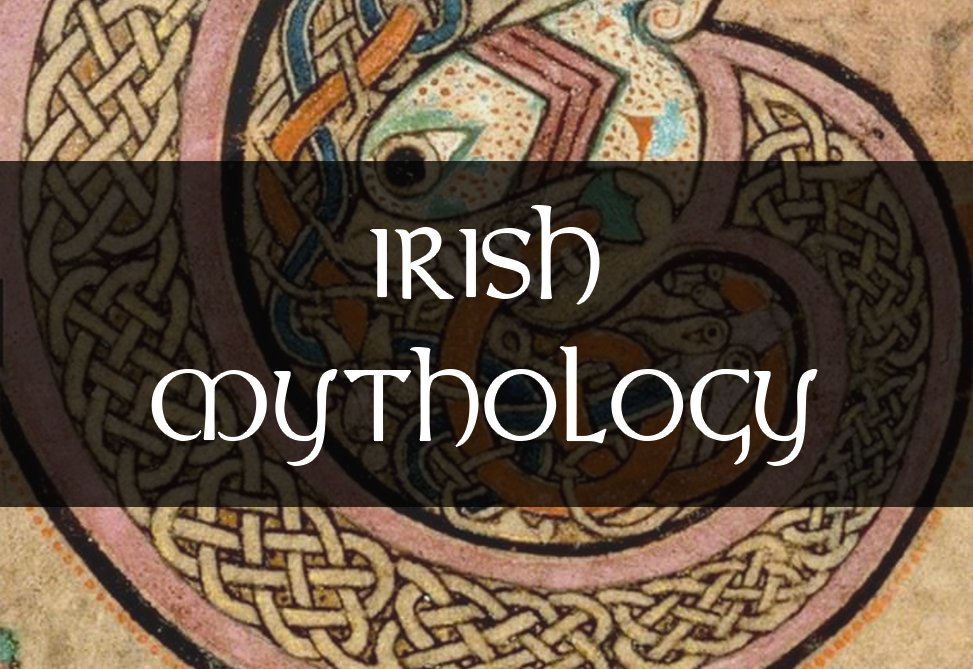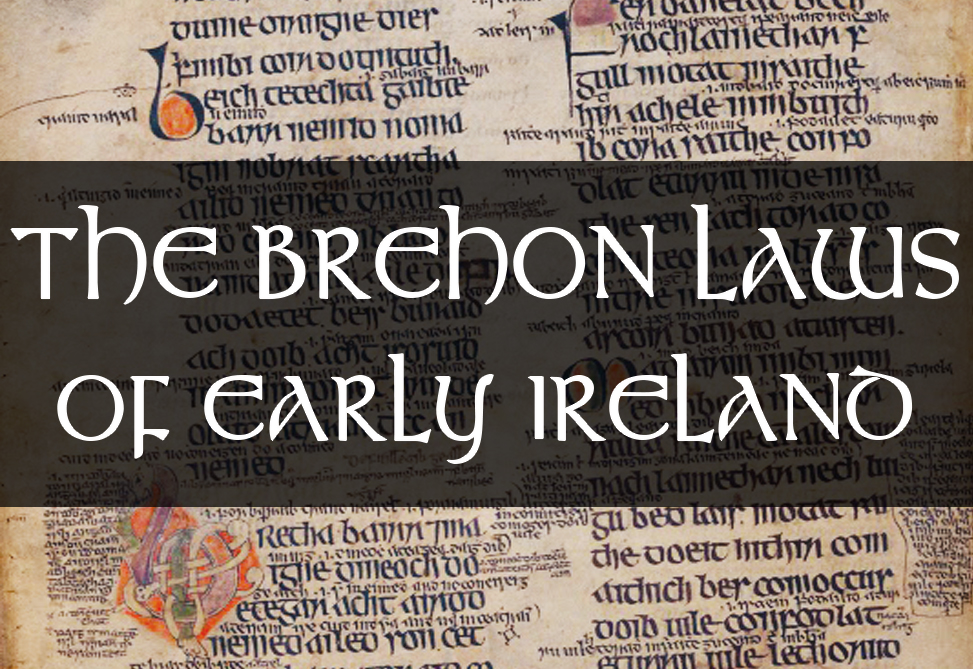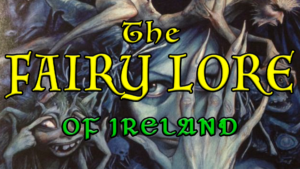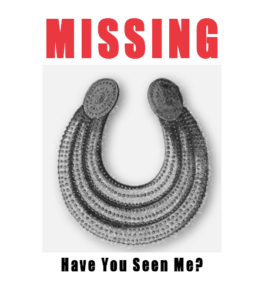In the annals of Irish mythology, there are many complicated and nuanced characters who have been passed down through the ages, with all their human flaws intact. Conchobar mac Nessa (Conor Mac Nessa), the King of Ulster in the Ulster Cycle is one of these intriguing, complex characters.
At times, he possesses all the virtuous qualities one would expect from a man who was chosen to be king–good leadership and noble judgement–at other times he displays acts of shameless jealousy and deceit. Mac Nessa’s story reminds us of the complexities inherent in humanity, and how power tends to corrupt even the most noble.
From his early life and ascendancy to his relationship with his nephew Cúchullain, from his role in the Ulster Cycle of Irish Mythology to his leadership of the Red Branch Knights, and Mac Nessa’s ultimate demise, this article will provide a detailed biopic of this heroic mythological king. Join us as we delve into the biography of Conor Mac Nessa, exploring the enigmatic depths of his character and the repercussions of his choices, and his legacy in the Irish story.
A Description of King Conor Mac Nessa
In one captivating tale of The Tain, the herald MacRoth recounts what he has seen after scouting out the enemy Ulster camp. Standing before Queen Medb (Maeve) of Connaught and her courtiers, MacRoth paints a poetic picture of the regal figure he beheld, describing Mac Nessa with the following words.
A tall graceful champion of noble, polished, and proud mien, stood at the head of the party. This most beautiful of the kings of the world stood among his troops with all the signs of obedience, superiority, and command. He wore a mass of yellow, curling, drooping hair. He had a pleasing, ruddy countenance. He had a deep, blue, sparkling, piercing eye in his head and a two-branching beard, yellow, and curling upon his chin. He wore a crimson, deep-bordcrcd, five-folding tunic; a gold pin in the tunic over his bosom; and a brilliant white shirt, interwoven with thread of red gold, next his white skin.
Seumas MacManus, The Story of the Irish Race: A Popular History of Ireland, “Conor MacNessa”, Chapter IV, p.23 (1921)
Early Life, Ancestry, and Ascendancy
The ancient tales recount that Cathbad, guided by his druidic foresight, declared that a child conceived at a certain time would grow to become a figure of great power and renown. Seizing upon this prophecy, Ness arranged to conceive a child not only with Cathbad but also with the High King of Ireland, Fachtna Fáthach, aiming to imbue her offspring with the combined strengths of royal and druidic lineage.
This union of formidable influences culminated in the birth of Conchobar, setting the stage for his eventful life, destined to shape the course of Ulster’s history. From the moment of his birth, Conchobar was enveloped in the expectation of an extraordinary destiny, establishing the foundation for his later life as King of Ulster.
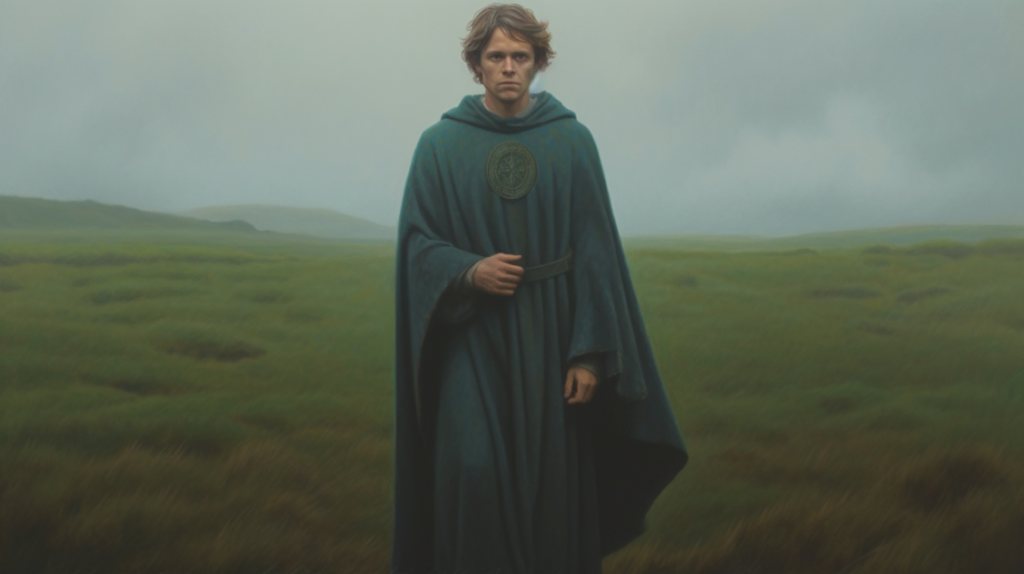
The ascension of Conchobar to the throne was just as remarkable as his birth. Initially chosen as a temporary replacement during a transition period, the young Conchobar was crowned king by the Ulaid, the people of Ulster. Upon the return of the incumbent ruler, Fergus Mac Róich, Conchobar’s leadership was so highly regarded that the Ulaid allowed him to retain his kingship.
His first wife was Maeve (Medb), the daughter of Eocaid, the High King of Ireland. Maeve later became the queen of Connaught through her marriage to Ailill and this sets some of the tone and background for the plot of the Táin Bó Cúailnge epic that would come about as a result of her greed and jealousy. Conor had separated from Maeve early on because he could not tame her lust for power and dominance. He found happiness with Maeve’s sister, Ethne, whom he married.
Mac Nessa’s Reign, the Táin Bó Cúailnge, and Relationship with Cú Chulainn
Conchobar’s reign was marked by a series of battles, intrigues, and complex relationships, which were emblematic of the rich and turbulent tapestry of Irish mythology. Central to these events was the epic Táin Bó Cúailnge, or the Cattle Raid of Cooley, and the nuanced relationship between Conchobar and the hero Cú Chulainn.
The Táin Bó Cúailnge stands as one of the most notable tales of the Ulster Cycle. This saga tells of a massive cattle raid led by Queen Medb (Maeve) and her consort Ailill of Connacht, aiming to capture the prized Brown Bull of Cooley in Ulster. In an earlier pre-story to the epic called ‘The Pangs of Ulster’, we learn how the Ulstermen were cursed by the goddess Macha to befall the pain of childbirth in their hour of greatest need. As a result, the men of Ulster are rendered powerless in the defence of the province against Maeve and the men of Ireland. The defence of Ulster fell to Conchobar’s nephew, the heroic Cú Chulainn. Although we do not specifically learn why the curse had no effect on the boy-hero, it might be due to his divine birth as a son of the god Lugh the Longarmed Master of All Arts. Despite his youth and relative inexperience, Cú Chulainn single-handedly delayed Maeve’s forces through a series of individual combats, guerrilla tactics, and the warrior’s code of honour to bind his foes.
Although he was respectful of Conchobar as his king and uncle, Cú Chulainn was not without his own heroic pride, rowdiness, and personal ambitions, which occasionally put him at odds with Conchobar’s wishes. Similarly, Conchobar, despite recognizing Cú Chulainn’s value as a defender of Ulster, had to manage his heroic nephew’s independent streak, while also dealing with his own insecurities brought on by Cú Chulainn’s rising fame. This delicate balance of power and respect between them adds depth to the tales of the Ulster Cycle, illustrating the complex dynamics between personal desires, familial loyalty, and kingly duties.
Mac Nessa And The Red Branch Knights
The Red Branch, or Craobh Ruadh in Irish, refers to a distinguished group of warriors deeply intertwined with the royal court of Ulster. Led by Mac Nessa, the Red Branch warriors played a crucial role in this epoch of Irish mythology. They held a position of high honour and distinction within Ulster society and their elite status was marked by their exceptional skill in combat, unwavering loyalty, and their role as the protectors of the king and the realm. As the personal retinue of King Conchobar Mac Nessa, their duties included defending the kingdom, executing the king’s orders, and upholding the principles of honour and bravery.
The Red Branch is most commonly said to have been established by Ross the Red of Ulster. Notably, near Emain Macha (Navan Fort), there exists a village named Creeveroe, an Anglicized rendition of Craobh Ruadh, which directly refers to the Red Branch. This connection strengthens the association between the legendary warriors and their fabled origins.
Emain Macha was the headquarters of the famed Knights of the Royal Branch—now more commonly known as the Knights of the Red Branch. And it was in the days of Conor, and at his court, that these warrior champions reached the climax of their fame. For he was himself a doughty champion, an able leader, and a great man—inspiration sufficient for such a band of chivalrous warriors as now rallied around him.
… The deeds of the Red Branch Knights in Conor’s day, over and over again chronicled by succeeding generations of poets and chroniclers, have not been, and never will be, forgotten.
Seumas MacManus, The Story of the Irish Race: A Popular History of Ireland, “Conor MacNessa”, Chapter IV, p.24 (1921)
And Conor MacNessa was part of it all.
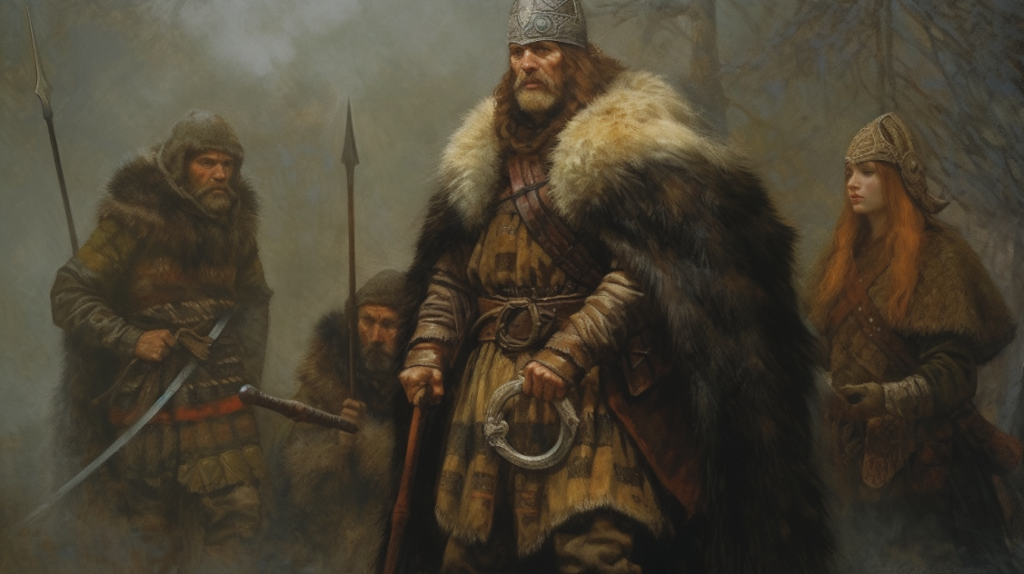
Peter Beresford Ellis suggests in his ‘Dictionary of Irish Mythology (1987)’, that ruadh may be a mistranslation of rígh, meaning ‘king’, and relating to ‘royalty’, leading to an alternative translation as Royal Branch Knights. According to this view, the Branch was named for their direct association with the king, though there are some instances in literature where this name is used, this is less solid evidence to support this and no further sources were provided.
The relationship between Conchobar mac Nessa and the Red (or Royal) Branch warriors reflects the complex interplay between kingship, nobility, and martial prowess in Irish society. Conchobar, as the king, held the highest position of authority and power, but his power was derived from the very warriors and nobles who supported him. The Red Branch warriors, in turn, owed their allegiance and service but also their prestige and honour to the king. This symbiotic relationship ensured Mac Nessa’s protection and elevated the status of the warriors, reflecting the interdependence of kingship in early Ireland.
Other Notable Events in Mac Nessa’s Reign
In addition to the Táin Bó Cúailnge, Conchobar’s reign was marked by several notable events, each contributing to the vibrant tapestry of the Ulster Cycle. In his later reign, Conchobar had to navigate the complexities of being a king in the increasingly fragmented social and political landscape of Ulster, exacerbated by the ramifications of his own past decisions. The repercussions of the Exile and Return of the Sons of Uisliu and the Elopement of Emer and Cú Chulainn, among other events, continually tested his leadership.
Exile and Return of the Sons of Uisliu
The tale of Deirdre and the sons of Uisliu is an important episode that significantly impacted Conchobar’s reign. Deirdre, foretold to be a woman of extraordinary beauty whose life would incite conflict, was brought up in isolation by Conchobar with the intent of marrying her. However, Deirdre fell in love with Naoise, one of the sons of Uisliu, and they eloped, causing a major scandal. The couple and their companions lived in exile, while Conchobar, unable to relinquish his claim on Deirdre, schemed to bring them back to Ulster.
Using the influence of Fergus Mac Róich, Conchobar ensured their return under the promise of safe conduct. However, he violated this pledge, leading to the tragic deaths of Naoise and his brothers. This episode provoked a rebellion led by Fergus and several other warriors, who defected to Connacht, causing a significant upheaval in Ulster and introducing a recurring theme of conflict and betrayal in Conchobar’s reign.
Elopement of Emer and Cú Chulainn
Another intriguing event was the elopement of Emer, the daughter of Forgall Monach, and Cú Chulainn. Conchobar had decreed that no warrior could marry until he himself had chosen a wife. This presented a problem for Cú Chulainn, who had fallen in love with Emer. Undeterred, the pair eloped, confronting Conchobar with a challenge to his authority. Eventually, Conchobar agreed to their marriage but not without causing a rift between him and his most valuable warrior.
The Death of King Conor mac Nessa
King Conchobar Mac Nessa reigned with wisdom and courage. However, his remarkable life eventually met a tragic end, a tale tinged with sorrow and a blend of pagan tradition and religious awakening.
It was a time when battles were fierce, and the fallen were honoured through gruesome rituals. One such ritual involved preserving a ball made of lime and the brains of fallen foes. Fate, in its mysterious ways, led one of these balls into the possession of a renowned Connacht champion. Seizing a treacherous opportunity, he hurled it at King Conchobar during a moment of display, meant to impress the ladies from an opposing army.
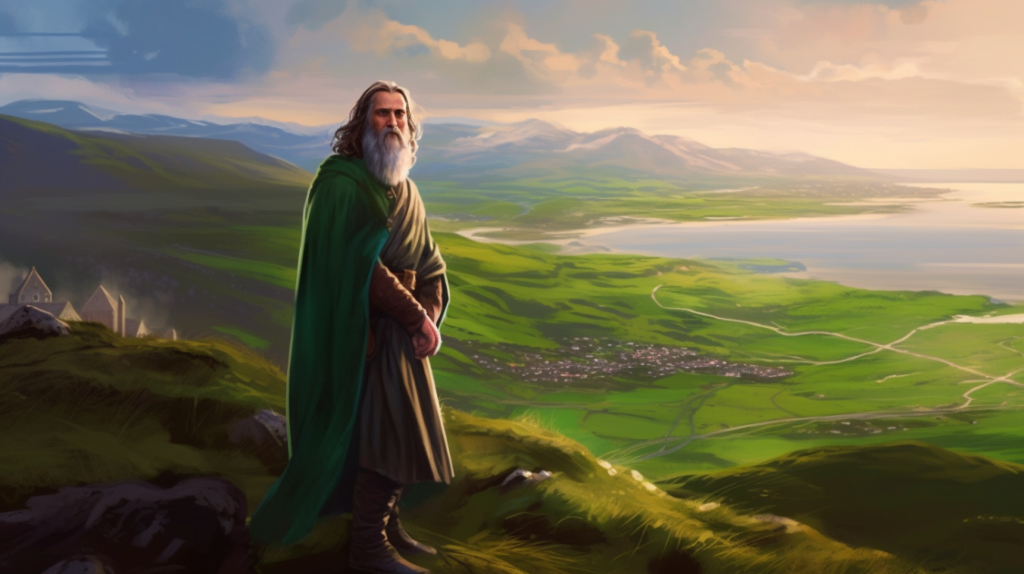
The ball found its mark, lodging itself within the king’s skull. Conchobar’s physicians delivered a grim prognosis: any attempt to remove the projectile would surely prove fatal. Despite this dire warning, Conchobar survived, albeit under strict orders to avoid vigorous exertion and any causes of excitement or anger.
For a time, the king’s health remained stable as he adhered to these precautions. However, his fate took an unexpected turn on the very day of the Crucifixion. As momentous events unfolded, capturing the attention of all, Conchobar sought solace and understanding from his trusted druid, Bacrach.
Intrigued by the unusual happenings, Conchobar inquired whether Bacrach could discern the cause of these extraordinary occurrences. Consulting the oracles, Bacrach revealed a profound truth to the king: Jesus Christ, the Son of the living God, was enduring the torments of crucifixion at the hands of the Jews, even in that very moment.
Overwhelmed by grief and disbelief, Conchobar sought further understanding, questioning the druid about the crimes committed by Jesus. To his surprise, Bacrach responded that Jesus had committed no crime. With growing anguish, the king then asked if the Son of God was being put to death unjustly.
The druid’s solemn response confirmed Conchobar’s worst fears: “They are.”
This revelation struck a deep chord within the noble king’s heart. Unable to bear the thought of his God’s suffering going unnoticed and unavenged, Conchobar’s grief transformed into a wild and vengeful fury.
In a fervour of raw emotion, he sought solace in the nearby forest, brandishing his sword against the innocent young trees, exclaiming, “Thus would I destroy those who stood around my King and caused His death.”
But this tumultuous outpouring of grief and fury proved to be Conchobar’s undoing. The exertion and emotional turmoil exacted a toll on his weakened frame. The noble king, driven by love and sorrow, succumbed to the overwhelming strain and met his final breath.
In this tragic blend of pagan tradition and the emerging Christian influence, the valiant and wise King Conchobar Mac Nessa found his final rest, forever remembered for his rule, his noble deeds, and his poignant connection to the tumultuous times in which he lived.
